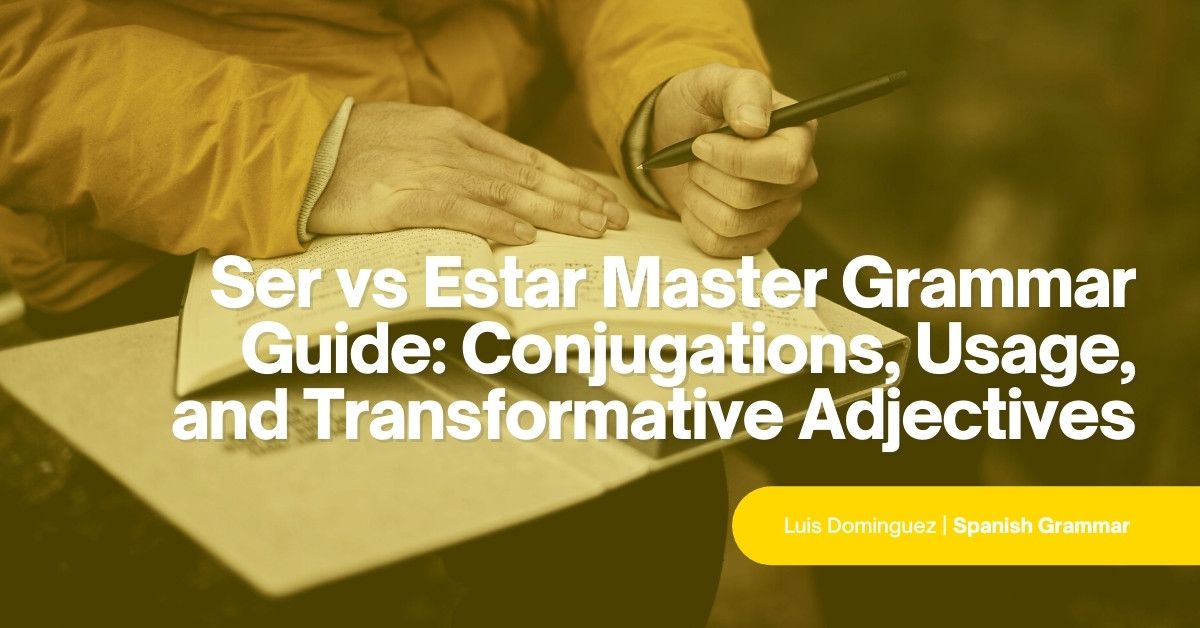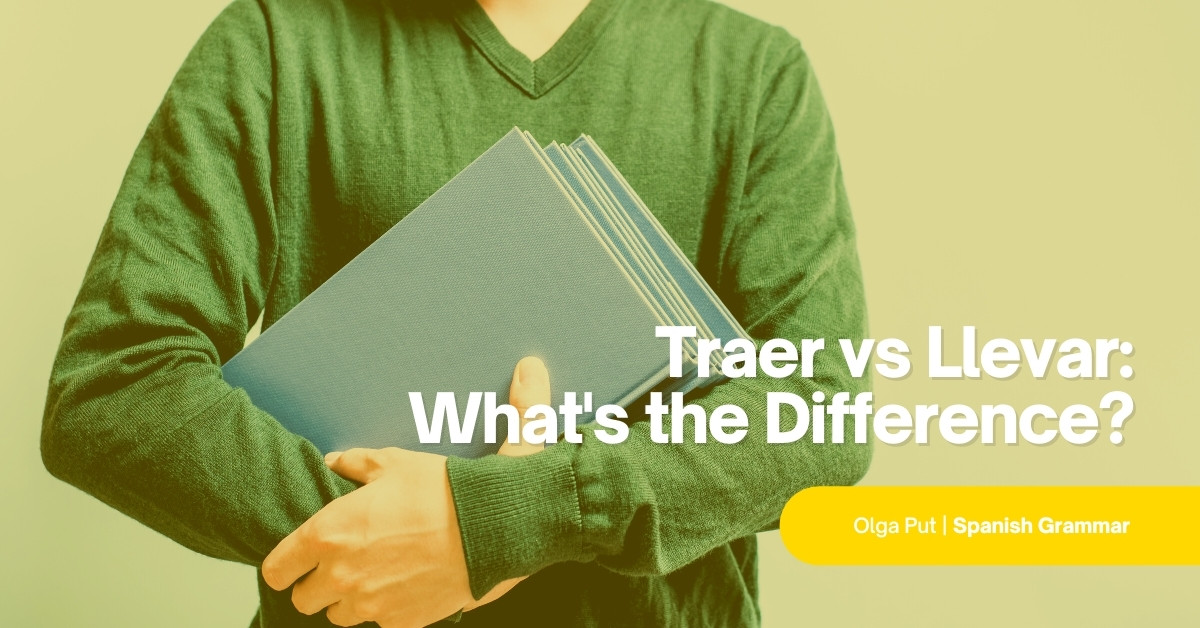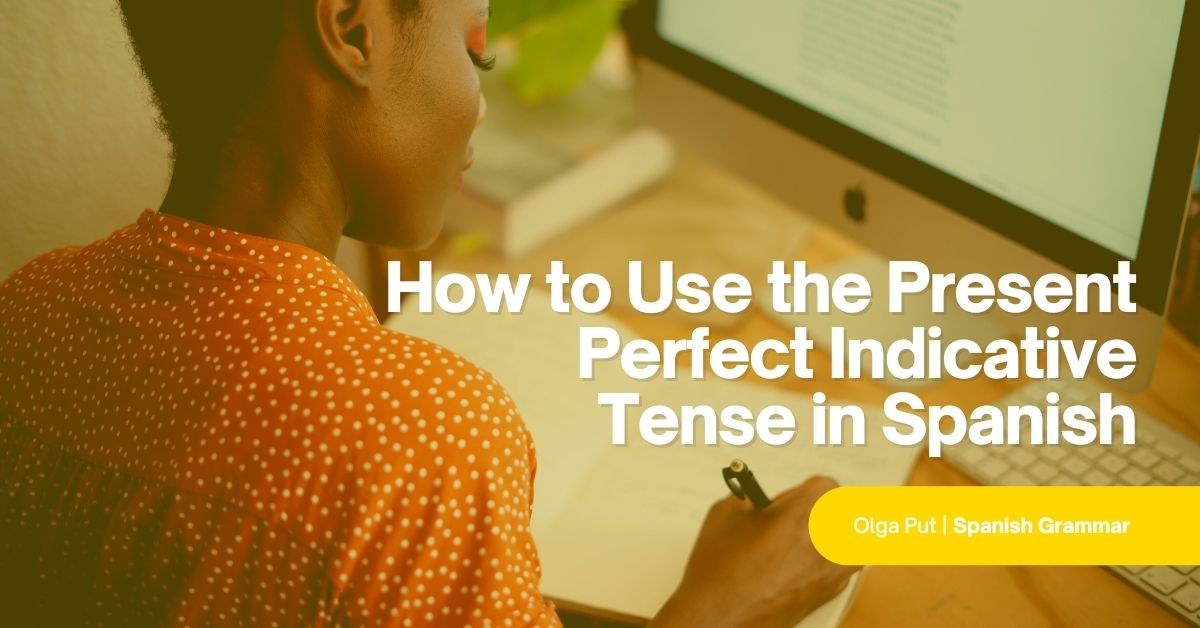
10 Spanish Grammar Concepts Hardest to Master (with Quizzes)
Learning a new language is never an easy task. Each language has its own particularities and Spanish is not the exception. From the subjunctive to reflexive verbs, Spanish grammar has its good share of tricky concepts. While some new learners of the language may find one concept particularly difficult, others struggle with a completely different one. However, when I tried to pin down the...Read More
Ser vs Estar Master Grammar Guide: Conjugations, Usage, and Transformative Adjectives
“Should you use ser or estar?” That is the question. If you’ve ever asked that same question yourself, you’re part of the 99% of Spanish students who wonder why on Earth the Spanish language needs two verbs to express what in English you can say with only one (“to be”). To be fair, that’s how it works in most Romance languages, but I digress. Ser and estar are the two translations of...Read More
Master List of Compound Prepositions in Spanish [Plus How to Use Them]
Being able to use prepositions in Spanish is like finding the light switch in a dark room. Everything starts to make sense and all elements seem to be in the right place. Compound prepositions give a boost to your language skills. They will let you say things you couldn’t before. Do you want to learn Spanish compound prepositions today? In this article, I will give you useful...Read More
Traer vs Llevar: What’s the Difference?
Do you already know when to use traer vs llevar? Traer vs llevar are two verbs that are often confused by Spanish learners. In the following situation, which sentence is correct? Juan is at his house, and he notices that Ana has left her books there. He calls Ana right away and says: Dejaste tus libros en mi casa. ¿Te las llevo mañana?You left your books at my house....Read More
How to Use ‘Quien’ in Spanish (and Make Better Jokes)
Understanding and knowing how to use quien in Spanish can come useful in unexpected situations. For example: – knock, knock. – Who’s there?(…) These classic kid’s jokes also exist in Spanish, and they go like this: – Toc, toc.– ¿Quién es?(…) After reading this article, you’ll be able to laugh along with your Spanish-speaking friends the...Read More
Hacer vs Deshacer vs Rehacer – Learn How to Use Them!
The Spanish verb hacer is one of the first verbs you learn as a novice student. Later on, you get to know other verbs that look similar: deshacer and rehacer. Luckily, differentiating between these three verbs is easier than you think! Today, let’s explore the differences between the hacer verb and its derivatives: rehacer and deshacer. I’ll show you how to conjugate and use these verbs....Read More
How To Use the Present Perfect Indicative Tense in Spanish
Present perfect indicative Spanish is one of the 18 tenses you need to master in Spanish. It’s a tense that links the past to the present. Look at its Spanish name: pretérito perfecto compuesto de indicativo. Let’s break it down into comprehensible parts. It’s preterite because it refers to an action in the past, but in the present moment this action is perfect, it means...Read More
The Only Guide You’ll Ever Need to Use Question Words in Spanish
I love teaching question words in Spanish. If you know the question words, you can ask about anything and become independent in the Spanish-speaking world. After all, it’s “better to ask the way than to go astray.” I like to start my lesson about question words in Spanish with an Argentinean song “Cómo, dónde y por qué” (How, where and why?): ¿Por qué cae la lluvia? ¿Por qué?¿Dónde se...Read More
Using the Spanish Gerund With Verbs Other Than ‘Estar’
When you first learned about gerunds in Spanish, you probably formed progressive tense with the verb estar. It’s an easy construction for English speakers that’s comparable to the English continuous tense. Juan está leyendo.Juan is reading. However, there’s much more to learn about gerunds in Spanish! They also form various constructions with other verbs. Read this blog post to...Read More
